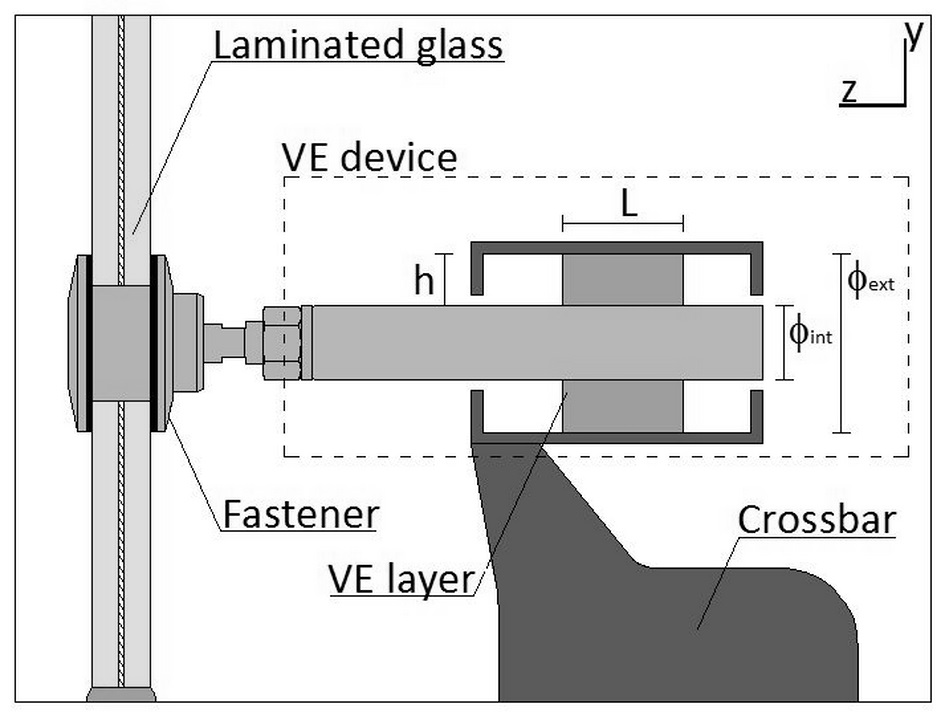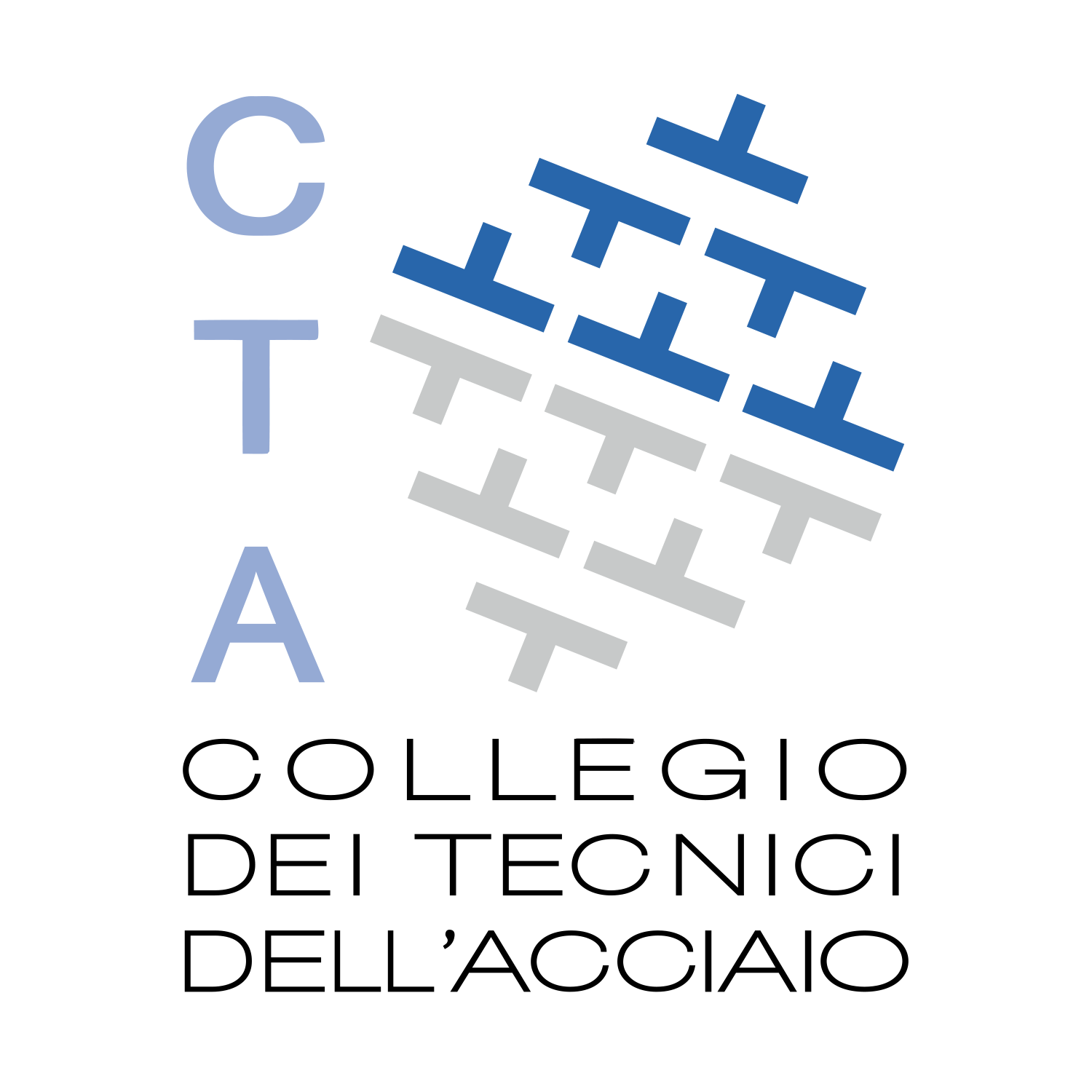Claudio Amadio, Chiara Bedon
University of Trieste. Department of Engineering and Architecture – Trieste, Italy
Questo articolo è focalizzato sulla risposta strutturale di facciate in vetro-acciaio sostenute da cavi pretesi e sottoposte a carichi da esplosione di forte intensità. Sulla base di risultati di contributi precedenti, i benefici strutturali di dispositivi innovativi multipli sono analizzati numericamente. Connettori a ragno viscoelastici (VESCs) sono introdotti nei punti di connessione tra i pannelli di vetro e i cavi pretesi, in sostituzione dei ragni “rigidi” comunemente usati nella pratica. Allo stesso tempo, dispositivi rigido-plastici ad attrito (RPDs) sono installati in sommità dei cavi di sostegno, per mitigare ulteriormente il sistema controventante. Come illustrato, grazie all’uso combinato di VESCs e RPDs opportunamente dimensionati, le componenti critiche della facciata possono essere fortemente migliorate, con evidenti benefici per la stabilità globale di questi sistemi strutturali tipicamente fragili.
1 INTRODUCTION
 The effects of air blast loads on the dynamic behaviour of glazing façades constitute a topic of great interest and actuality. Because of this reason, numerous authors recently focused on the typical behaviour of simply supported glass plates subjected to explosions, providing interesting analytical formulations [1-10]. In general, under blast events, a typical brittle glass system should be able to deform significantly and to resist to extremely high pressures, thus absorbing part of the incoming energy, in order to prevent the stability of the structure and thus to safeguard people and occupants. To obtain these important aims, two different fields of study have been carried out by researchers and companies. The first trend is the use and development of new materials able to improve the blast resistance of “traditional” PVB-laminated glass units. Several technological solutions have been proposed in the last years, and interesting structural benefits have been achieved [11-13].[…]
The effects of air blast loads on the dynamic behaviour of glazing façades constitute a topic of great interest and actuality. Because of this reason, numerous authors recently focused on the typical behaviour of simply supported glass plates subjected to explosions, providing interesting analytical formulations [1-10]. In general, under blast events, a typical brittle glass system should be able to deform significantly and to resist to extremely high pressures, thus absorbing part of the incoming energy, in order to prevent the stability of the structure and thus to safeguard people and occupants. To obtain these important aims, two different fields of study have been carried out by researchers and companies. The first trend is the use and development of new materials able to improve the blast resistance of “traditional” PVB-laminated glass units. Several technological solutions have been proposed in the last years, and interesting structural benefits have been achieved [11-13].[…]
Leggi l’articolo completo su Costruzioni Metalliche n. 2/2023.

